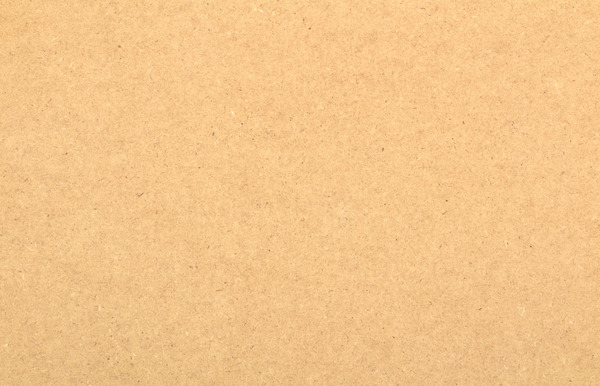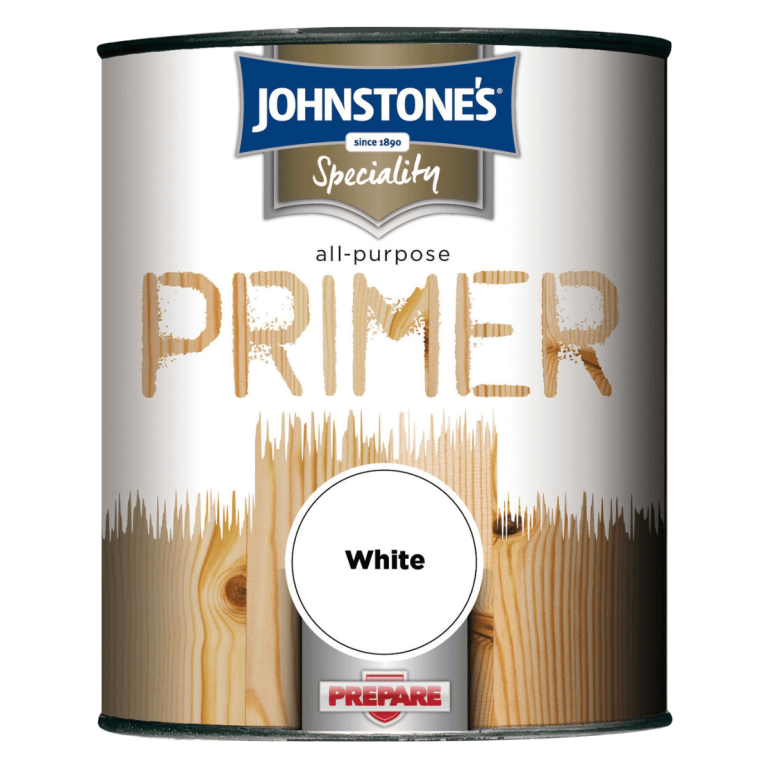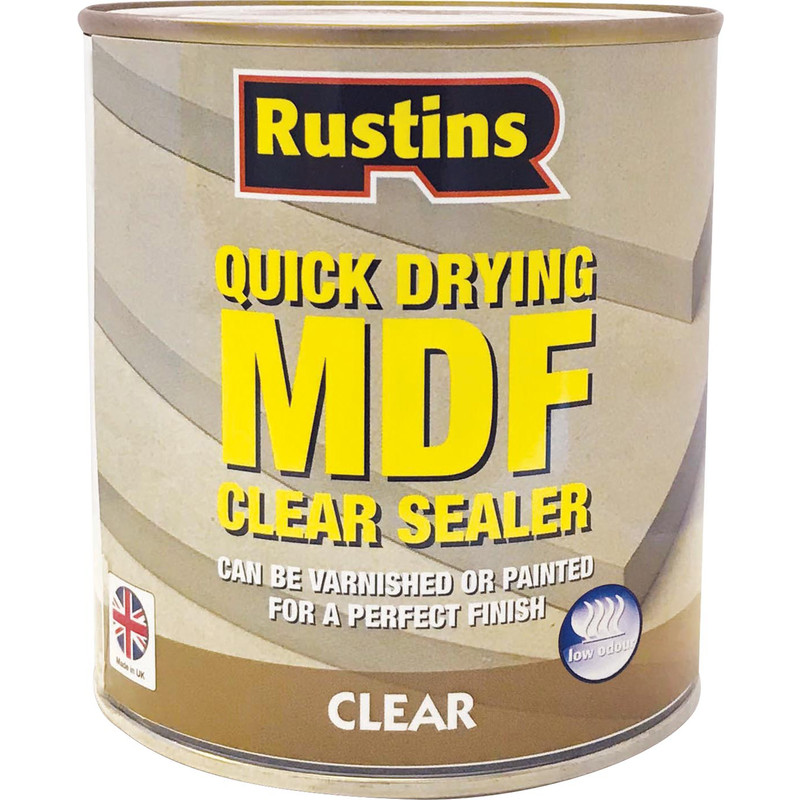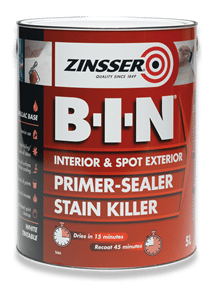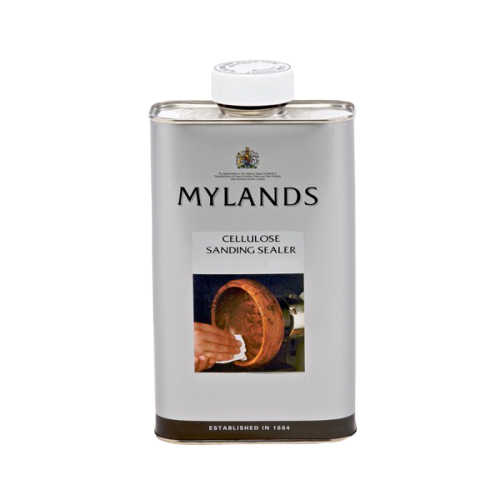Primer On MDF | Which Primer To Choose | How To Apply Primer
Posted by Skirting World on 15th Feb 2024
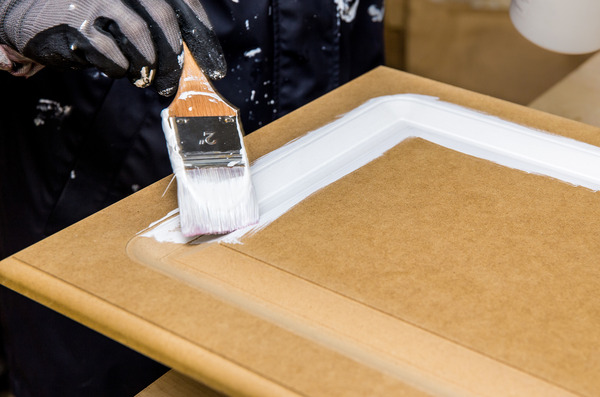
MDF, or Medium-Density Fibreboard, is a staple in both DIY projects and professional carpentry, prized for its affordability and versatility
Is an oil-based primer superior, or does a water-based alternative suffice? How many coats of primer to ensure durability without compromising the finish?
From sealing the porous edges to achieving that glass-like finish, read on to navigate through the maze of methods and ensure that you choose the best method for your project.
What is MDF And Primer?
Medium-Density Fibreboard (MDF) is a composite wood product, made by breaking down hardwood/softwood residuals into fibres and combining it with was and a resin binder, before applying high temperature and pressure to form panels (you can think of it as sawdust and glue).
It's a popular material in carpentry and DIY projects, the compressed wood fibres make it versatile for various applications, from furniture to decorative elements.
Primer is the first step in the painting process. Unlike paint which consists primarily of pigments to give colour, primer focuses on binders and additives for specific functions, such as adhesion promoters, sealers and blockers. Primer is applied to a substrate as the first layer, prior to the undercoat and topcoats/varnish.
Think of of the topcoat as a dress suit, and the primer as the undershirt to ensure it fits well and looks its best.
The Role of Primer With MDF
Primer plays a crucial role with MDF, more than other materials.
Why MDF Needs Primer:
- Porous: MDF, unlike solid wood, is made from compressed wood fibres which leaves tiny pores. These pores can absorb paint unevenly, leading to blotchy patches and requiring many coats.
- Susceptible to moisture: MDF can absorb moisture, causing it to swell and warp if not properly sealed.
- Formaldehyde emission: Some MDF boards contain formaldehyde, a potentially harmful gas.
How Priming Helps MDF:
- Sealing the pores: Primer fills the pores, creating a smooth, uniform surface for paint to adhere to. This prevents uneven absorption and ensures a professional-looking finish with fewer coats.
- Moisture resistance: Certain primers act as sealers, protecting the MDF from moisture absorption and preventing swelling or warping.
- Blocking formaldehyde: Some primers even contain formaldehyde-blocking agents, which can help reduce emission levels for improved indoor air quality.
Additional Benefits Of Priming MDF
- Better paint adhesion: Primer creates a strong bond between the paint and the MDF, preventing peeling and flaking.
- Improved colour vibrancy: By covering blemishes and dark colours, primer allows the final paint colour to show through more accurately and vibrantly.
- Easier staining: If you plan to stain your MDF project, applying a primer beforehand can help achieve a more even and consistent stain finish.
Do You Always Need to Prime MDF?
Although strongly recommended, technically MDF does not always need to be primed before painting or staining. For example where the MDF is of a high quality and factory-sealed due to high power pressure and heat treatment which seals the front surfaces, and if the board does not have any cut edges.
When skipping primer can be acceptable:
- Minimal colour difference: If the colour of your MDF and paint is minimal and the MDF is already smooth and free of blemishes, you can get away with skipping the priming stage and going straight to the topcoats, especially if the paint you use has a built-in primer.
- Temporary projects: For projects not meant for longevity, like a quick furniture modification or school project, priming might not be essential.
Choosing the Right Primer for Your MDF Project
There are four main types of primer: oil-based, water-based, shellac, and cellulose sealers. Each shines in specific scenarios, so let's explore their strengths and weaknesses to find the perfect match for your project:
Oil-Based Primers: Durability & Moisture-Resistance
Advantages of Oil-Based Primers
- High-Moisture Environments: Kitchens, bathrooms, and laundry rooms benefit from their superior moisture resistance.
- Stained or Knotty Surfaces: Excellent adhesion and stain blocking tackle even the toughest blemishes.
- Smooth, Professional Finishes: Levels uneven surfaces, providing a polished foundation for paint.
Disadvantages of Oil-Based Primers
- Strong Odour & VOCs: Proper ventilation and safety measures are crucial due to their potent fumes.
- Longer Drying Time: Not ideal for projects with tight deadlines.
- Environmental Impact: Higher VOC content raises environmental concerns.
Water-Based Primers: Eco-Friendly & Non-Yellowing
Advantages of Water-Based Primers
- Indoor Projects with Limited Ventilation: Low odour and VOC content make them safer for enclosed spaces.
- Faster Turnaround Times: Quicker drying speeds up your project timeline.
- Environmentally Conscious Projects: Lower VOC content aligns with eco-friendly practices.
Disadvantages of Water-Based Primers
- Moisture Resistance Limits: Less effective in high-moisture environments compared to oil-based options.
- Staining Challenges: May not offer the same level of stain blocking on bare MDF or heavily stained surfaces.
Shellac Primers: Stain-Blocking & Quick Drying
Advantages of Shellac Primers
- Bare MDF & Stained Surfaces: Superb stain blocking and effective sealing of MDF are their specialties.
- Quick Drying: Ideal for time-sensitive projects with their rapid drying time.
- Natural Wood Grain Enhancement: Perfect for furniture or decorative pieces seeking a classic wood look.
Disadvantages of Shellac Primers
- Paint Compatibility Issues: Not compatible with all types of paint, so research compatibility beforehand.
- Uneven Surface Concerns: Can raise the wood grain, requiring additional sanding before painting.
- Moisture Resistance Limitations: Not as moisture resistant as oil-based options for damp environments.
Cellulose Sealers: Unconventional Option
Advantages of Cellulose Sealers
- Preventing Stain Bleed-Through: Acts as a barrier against stains migrating through the MDF.
- Fast Drying Efficiency: Quick drying time keeps your project moving smoothly.
- Paint Compatibility: Generally compatible with a wide range of paint types.
Disadvantages of Cellulose Sealers
- Limited Stain Blocking: Less effective against heavy stains compared to shellac primers.
- Uneven Application Challenges: Can be tricky to apply evenly, potentially requiring sanding before painting.
- Moisture Resistance Concerns: Not as moisture resistant as oil-based options for damp environments.
| Primer Type | Pros | Cons |
|---|---|---|
| Oil-based primers |
|
|
| Water-based primers |
|
|
| Shellac primers |
|
|
| Cellulose sealers |
|
|
How To Effectively Apply Primer To MDF
Preparation is Key
- Sanding: Start with 120-grit sandpaper to remove imperfections and smooth the surface. Progress to 220-grit for a super smooth finish.
- Cleaning: Wipe the sanded surface with a tack cloth to remove dust and debris.
- Seal the Edges: Use wood putty to fill and sand flush any cut edges. Consider edge banding for a more professional look.
Application
- Ventilation: Ensure proper ventilation and wear safety glasses and gloves.
- Stir thoroughly: Ensure even pigment distribution in the primer.
- Thinning (optional): Some primers benefit from thinning for easier application. Follow the manufacturer's instructions.
- Apply 2-3 thin coats: Each coat should dry completely before applying the next. Use a roller for even coverage and a brush for corners and edges.
- Sanding between coats (optional): For a super smooth finish, lightly sand with 220-grit sandpaper between coats. Check for fuzz and prime again if needed.
Rolling vs Brushing
Rollers excel at covering large, flat areas quickly and smoothly. They're perfect for beginners due to their ease of use.
However, they might miss intricate details like corners and edges.
Brushes, on the other hand, offer precise application and control, making them ideal for tackling corners, edges, and other detailed areas. However, they require more skill to achieve a smooth, even finish and take longer to cover large surfaces.
The best approach often involves combining both tools: use a roller for efficient coverage of flat areas and then switch to a brush for meticulous detailing. If you're new to priming, start with a roller for its user-friendliness.
Roller
- Dipping: Dip only about 1/2 inch of the roller nap into the primer in the paint tray. Avoid overloading it, as this can lead to drips and uneven application.
- Rolling off excess: Run the roller along the tray's ridge to remove excess primer and ensure an even coat.
- Applying: Start rolling on the MDF surface in smooth, controlled strokes. Maintain light to moderate pressure and avoid overworking the primer to prevent air bubbles.
- Overlapping: Roll in sections, overlapping slightly at the edges to ensure complete coverage.
- Direction: For large, flat areas, roll in both horizontal and vertical directions for even coverage.
- Corners and edges: Use the roller diagonally along corners and edges for better control. For tight areas, a small foam roller might be easier to maneuver.
Brush
- Dipping: Dip only the tip of the brush into the primer. Don't overload it, as this can lead to drips and runs.
- Loading: Lightly tap the brush on the tray edge to remove excess primer and distribute it evenly across the bristles.
- Applying: Use light, controlled strokes with the brush, following the grain of the MDF.
- Corners and edges: Use angled brushes for better access and control on corners, trim, and detailed areas. Focus on getting into all the nooks and crannies.
- Feathering: Use the brush tip to gently feather out the primer application where it meets rolled areas to avoid visible lines.
Additional Tips
- Maintain a consistent pressure: Don't press too hard with either the roller or brush, as this can leave uneven application or marks.
- Clean regularly: Clean the roller on the tray's ridge periodically to remove dried primer and ensure even application. Rinse the brush in solvent (for oil-based) or water (for water-based) as needed.
- Unload before reloading: Before dipping the roller or brush again, scrape off any excess primer on the tray edge to prevent overloading and drips.
- Work in sections: Don't try to cover the entire surface at once. Work in manageable sections to ensure proper coverage and avoid overworking the primer.
- Watch for drips and runs: If you see any drips or runs, use the brush immediately to smooth them out before they dry.
Pro Tips:
- Heavy first coat: MDF absorbs well, so apply a heavier first coat, especially on ends and cuts.
- Sanding is crucial: Sand between coats for a smooth, professional finish.
- Choose the right base: Use the same base (oil or water) for primer and paint for optimal compatibility.
- Roller vs. brush: Use a roller for large areas and a brush for corners and edges. Consider a 1/4 nap roller for a smooth finish.
- Don't skip edge sealing: Seal cut edges with wood putty or edge banding to prevent moisture absorption and paint soaking.
- Wear a respirator: MDF dust is harmful, so wear a respirator during sanding and priming.
- Colour-matched primer: Consider using a primer tinted to your desired paint colour to save on topcoat layers.
- Shellac for edges: Use shellac primer on edges for better sealing and paint adhesion.
FAQ
-
Does MDF need primer?
Yes, MDF absolutely needs primer before painting or staining. Its porous nature absorbs paint quickly and unevenly, leading to a poor finish. Primer seals the MDF, prevents bleed-through, and provides a smooth base for paint to adhere to.
-
How many coats of primer is best for MDF?
Generally, two thin coats of primer are recommended for MDF. Apply the first coat and let it dry completely before applying the second. For heavily stained MDF or very smooth finishes, a third coat might be necessary.
-
Can MDF primer be used for wood?
While some MDF primers might technically work on wood, it's generally not recommended. Wood primers are formulated for the specific properties of wood and might not adhere well to MDF, leading to peeling or cracking.
-
Can wood primer be used for MDF?
As mentioned above, using wood primer on MDF is not advisable. Stick to primers specifically designed for MDF to ensure optimal results.
-
Is acrylic primer suitable for MDF?
Yes, acrylic primers are an excellent choice for MDF. They are water-based, low in VOCs, and offer good adhesion and ease of use. Just ensure the specific acrylic primer you choose is formulated for MDF.
-
Can water-based primer be used on MDF?
Yes, water-based primers are perfectly suitable for MDF, especially acrylic ones. They dry quickly, are easy to clean up, and have lower VOC content compared to oil-based primers.
-
Does emulsion primer work well for priming MDF?
While emulsion paints can sometimes be used as primers, it's not generally recommended for MDF. Emulsion is thinner than dedicated primers and might not provide adequate sealing or adhesion. Stick to primers specifically formulated for MDF.
-
Is PVA suitable for priming MDF?
No, PVA glue is not a suitable primer for MDF. It will not provide the necessary sealing and adhesion for paint to adhere properly. Use a dedicated primer formulated for MDF for best results.
-
What is the best primer to use on MDF?
There's no single "best" primer for all MDF projects. The ideal choice depends on factors like the specific project requirements, desired finish, and environmental concerns. However, water-based acrylic primers are generally a good starting point due to their ease of use, low VOC content, and good adhesion to MDF.
-
Should I apply 1 or 2 coats of primer to MDF?
While one coat of primer might be sufficient in some cases, applying two thin coats is generally recommended for optimal results. This ensures complete coverage and a smooth, sealed surface for painting. For heavily stained MDF or very smooth finishes, a third coat might be necessary

